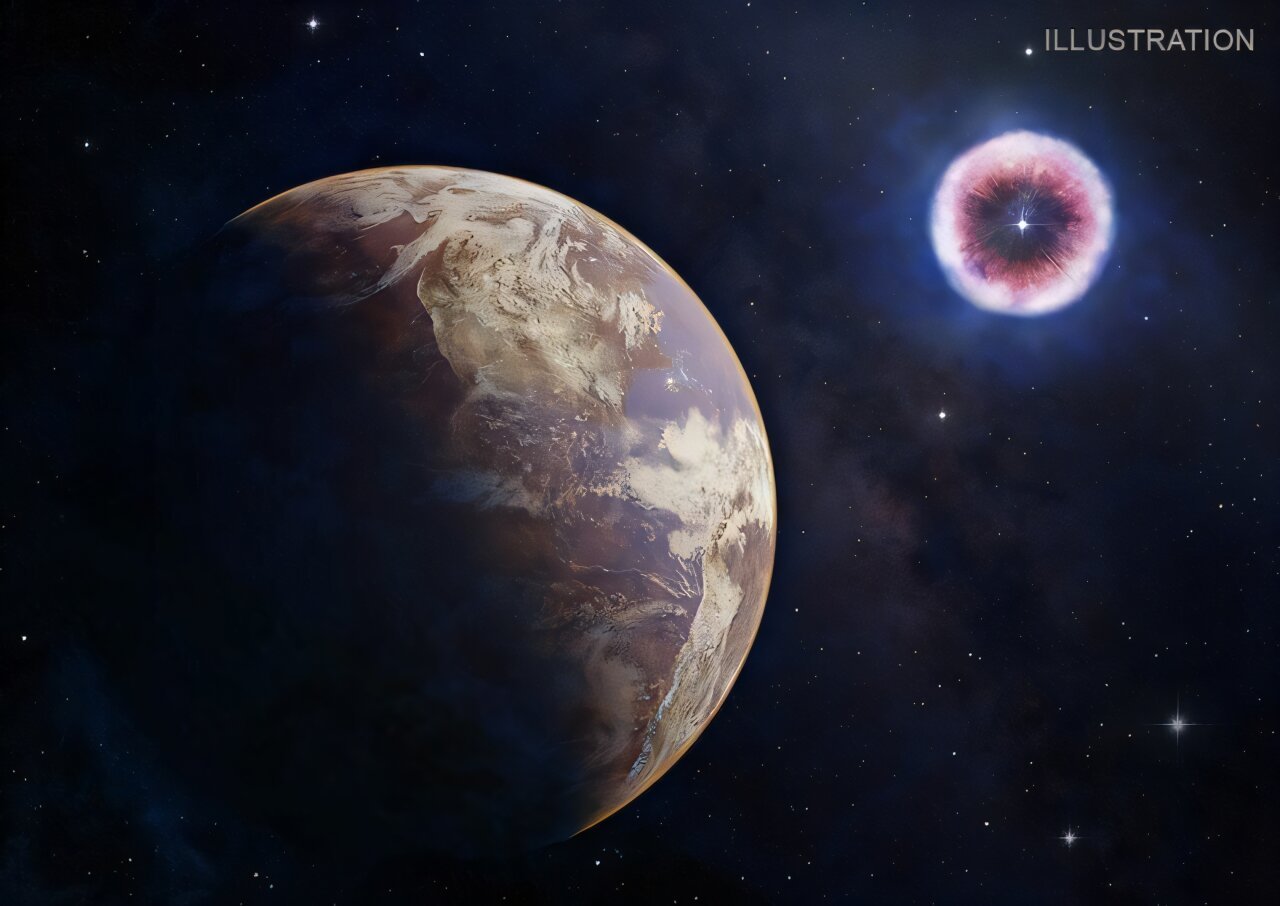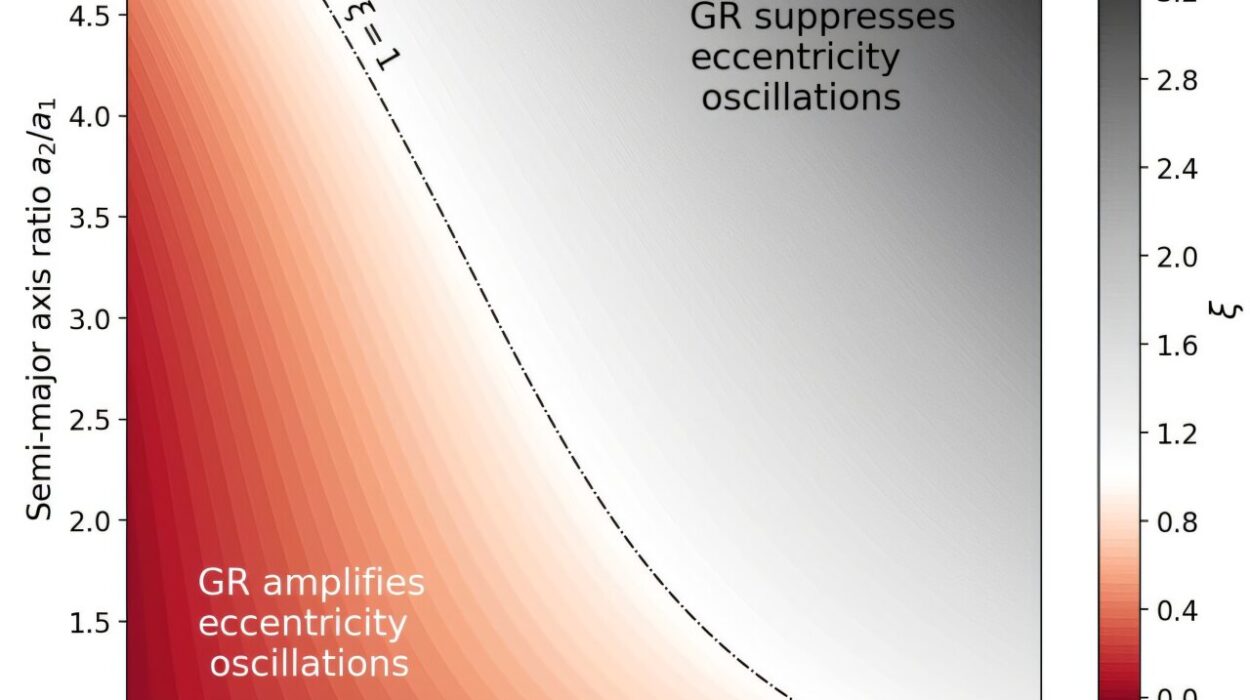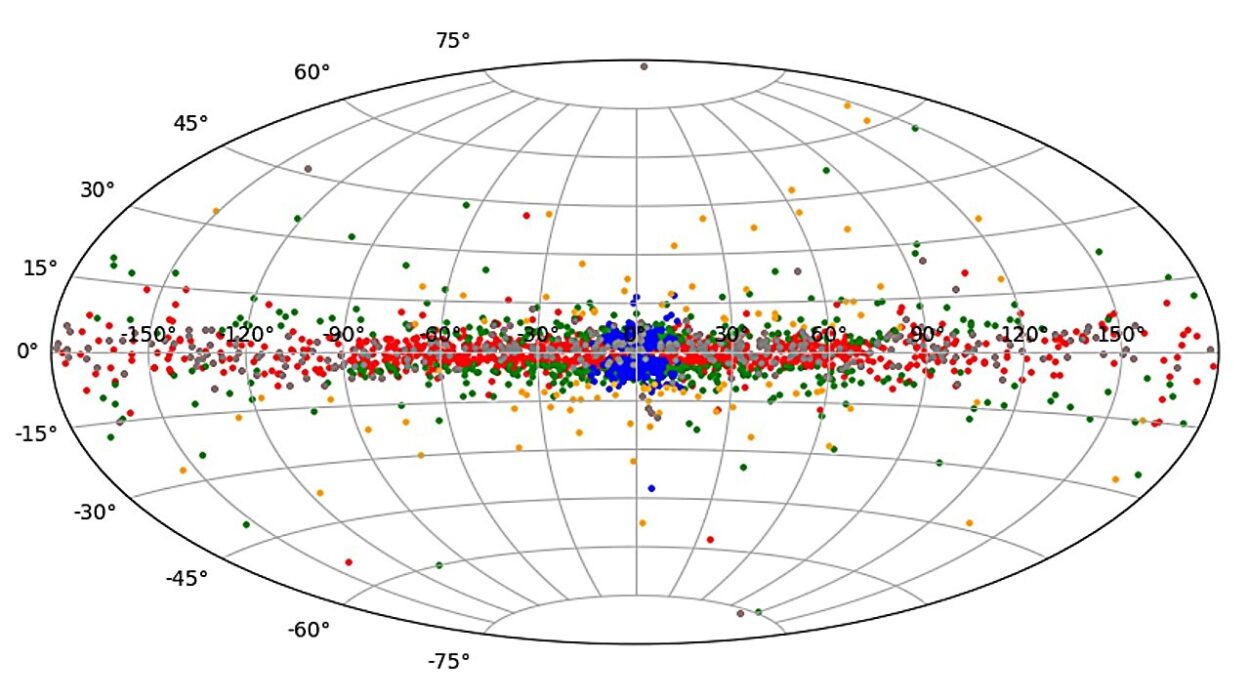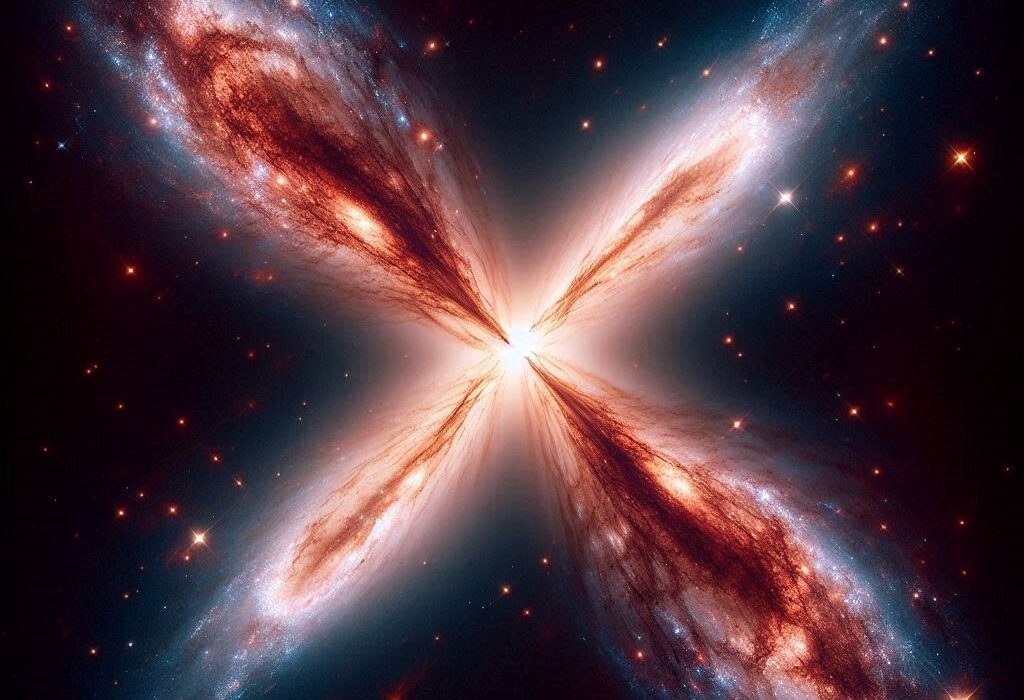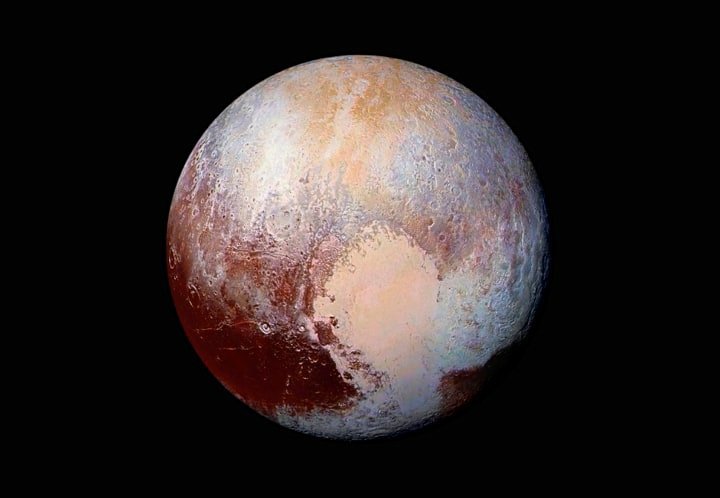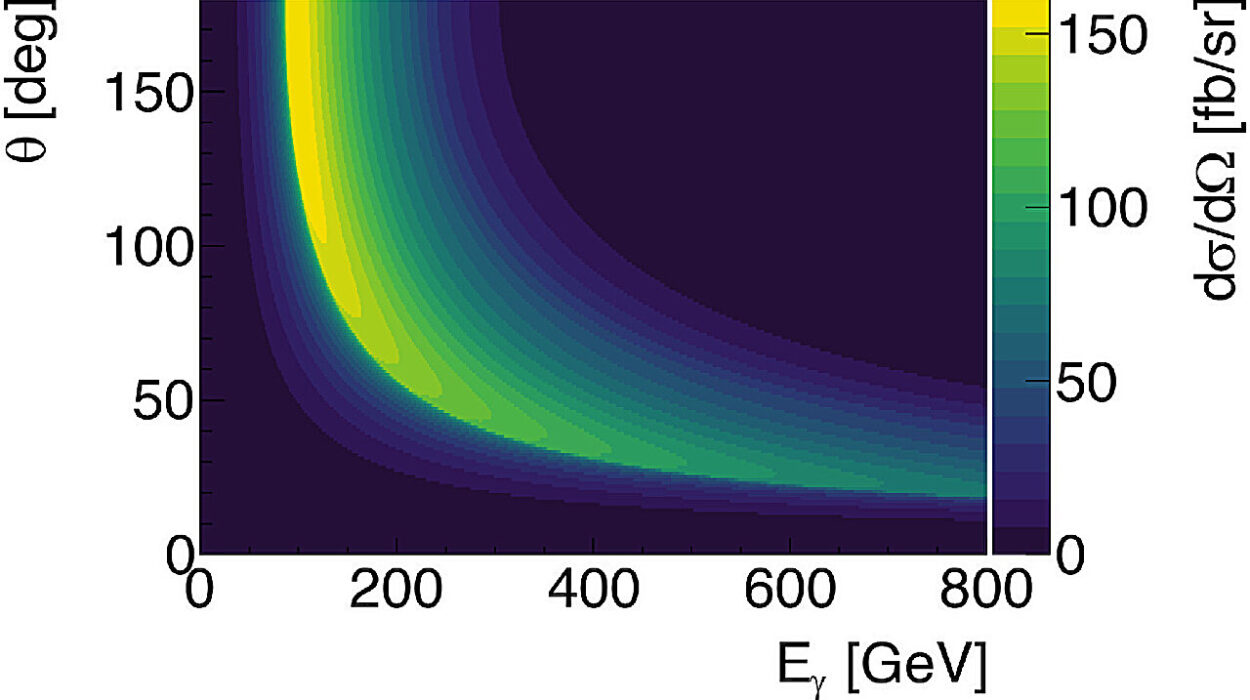Isolated by mountains along the East African Rift lies Lake Tanganyika, the deepest lake in Africa, stretching over 400 miles in length. This vast body of water accounts for 16% of the world’s available freshwater, making it not only a significant natural resource but also a unique ecological environment. However, between 2 to 3 million years ago, a surprising event may have occurred within this lake, one that had far-reaching consequences for its biological diversity, particularly the evolution of viruses that infect fish in the lake. A recent study led by researchers at UC Santa Cruz proposes that a supernova, or the explosion of a star far from Earth, may have triggered a surge in virus species around this time. This stunning hypothesis could offer a glimpse into how cosmic events may influence the evolution of life on Earth.
The Supernova Theory: A Connection Between Deep Space and Lake Tanganyika
The new research, published in The Astrophysical Journal Letters, is led by Caitlyn Nojiri, a recent undergraduate student at UC Santa Cruz, alongside Enrico Ramirez-Ruiz, a professor of astronomy and astrophysics, and Noémie Globus, a postdoctoral fellow. The study revolves around the discovery of iron-60, a radioactive isotope found in the seafloor that was created by exploding stars. By studying the age and origin of this iron isotope, the researchers aim to uncover how a supernova—an event that took place millions of years ago—might have impacted life on Earth.
The research team used iron-60 to pinpoint the exact moment when these stellar explosions took place. By analyzing how much of the isotope had decayed over time, they determined that some iron-60 originated 2.5 million years ago, with other fragments dating back 6.5 million years. But what does this cosmic dust have to do with viruses in Lake Tanganyika? To understand this connection, the researchers first traced the movement of celestial bodies in our solar system.
Iron-60 and the Local Bubble: A Link to a Distant Explosion
At the heart of the study is the Local Bubble, a vast, relatively empty region of space in which our solar system currently resides. Around 6.5 million years ago, Earth passed through the outer regions of this bubble, where cosmic debris—including older iron-60—was scattered. This provided the planet with a “seed” of older iron isotopes. But it wasn’t just stardust that Earth encountered. Between 2 and 3 million years ago, a neighboring star exploded, creating a supernova that sent a fresh batch of radioactive iron toward Earth, enriching the planet’s chemical makeup. These events serve as a timeline of cosmic interactions with Earth, providing a window into the potential impact of distant stellar explosions on the evolution of life on our planet.
“The iron-60 is a way to trace back when the supernovae were occurring,” said Nojiri. Through their research, the team concluded that one supernova in particular occurred around 2.5 million years ago, coinciding with a period of rapid biological change in Lake Tanganyika. The impact of this stellar explosion could have been far-reaching, creating environmental and biological conditions conducive to mutation and evolution.
Cosmic Rays and the Impact on Earth’s Life Forms
The researchers did more than just date the iron particles—they also simulated the cosmic event to understand its broader effects on Earth. Their simulation revealed that the supernova would have unleashed a surge of cosmic rays, bombarding Earth with high-energy radiation for 100,000 years following the explosion. This spike in cosmic radiation coincides with an earlier, puzzling observation: a recorded increase in radiation on Earth around 2.5 million years ago.
These intense cosmic rays would have had a profound impact on life on Earth, especially at the genetic level. As Nojiri pointed out, “radiation can damage DNA.” Cosmic radiation from the supernova could have broken DNA strands in living organisms, causing genetic mutations and potentially accelerating evolutionary changes. This process might have contributed to the diversification of viruses in the ecosystem of Lake Tanganyika, particularly in the fish species that populate its waters.
Virus Diversity in Lake Tanganyika: A Potential Cosmic Link
The timeline of virus diversification in Lake Tanganyika closely matches the cosmic event that Nojiri and her team studied. The lake, which is home to a diverse array of life forms, has also become a rich ecosystem for viruses that infect the fish species there. These viruses are integral to the lake’s overall ecological balance, and their evolution may have been significantly influenced by environmental changes—perhaps even by cosmic radiation from the supernova.
Although the researchers are careful not to directly link the supernova to the virus explosion in Lake Tanganyika, the timing is striking. The increase in virus species in the lake seems to coincide with the surge in radiation from the supernova event, suggesting that such cosmic events could indeed have far-reaching consequences for life on Earth.
Nojiri expressed the excitement of her findings by saying, “It’s really cool to find ways in which these super distant things could impact our lives or the planet’s habitability.” Indeed, this study represents a remarkable convergence of astrophysics and biology, showing how events in the distant cosmos can influence life on Earth in ways that we might never have imagined.
The Importance of Diversity in Science: A Personal Journey
Interestingly, Nojiri’s journey into this groundbreaking research was not a direct path. She had spent several years at a community college before transferring to UC Santa Cruz, where she began to seriously explore her passion for science. Ramirez-Ruiz, who mentored Nojiri, pushed her to apply for UC LEADS, a program designed to help underrepresented students succeed in science. Nojiri’s involvement in Lamat, another program aimed at teaching students from nontraditional backgrounds how to conduct research in astronomy, was pivotal in her growth as a researcher.
Ramirez-Ruiz reflected on the significance of diverse voices in science: “People from different walks of life bring different perspectives to science and can solve problems in very different ways.” Nojiri’s success in bridging these diverse fields of study—astronomy and biology—is a testament to the value of bringing different perspectives into scientific research.
A Groundbreaking Discovery in the Field of Astrobiology
In essence, the study led by Nojiri and her team offers a fascinating example of how cosmic events—specifically supernovae—may have far-reaching implications for the biological processes on Earth. By examining radioactive iron isotopes from supernovae, the team not only unveiled the timeline of cosmic radiation but also posited that this radiation could have played a role in the evolution of life on Earth. In particular, their hypothesis provides a compelling theory for the sudden increase in virus diversity in Lake Tanganyika, potentially linking distant cosmic explosions to rapid biological changes on Earth.
This study opens new doors for understanding the interplay between cosmic events and life on Earth. It bridges the gap between astrophysics and biology, inviting further exploration into how our planet may be influenced by the ever-changing cosmos. The team’s research serves as a reminder that the universe is not a static, distant place; rather, it is a dynamic and interconnected environment that can affect life on Earth in profound ways.
Reference: Caitlyn Nojiri et al, Life in the Bubble: How a Nearby Supernova Left Ephemeral Footprints on the Cosmic-Ray Spectrum and Indelible Imprints on Life, The Astrophysical Journal Letters (2025). DOI: 10.3847/2041-8213/ada27a
